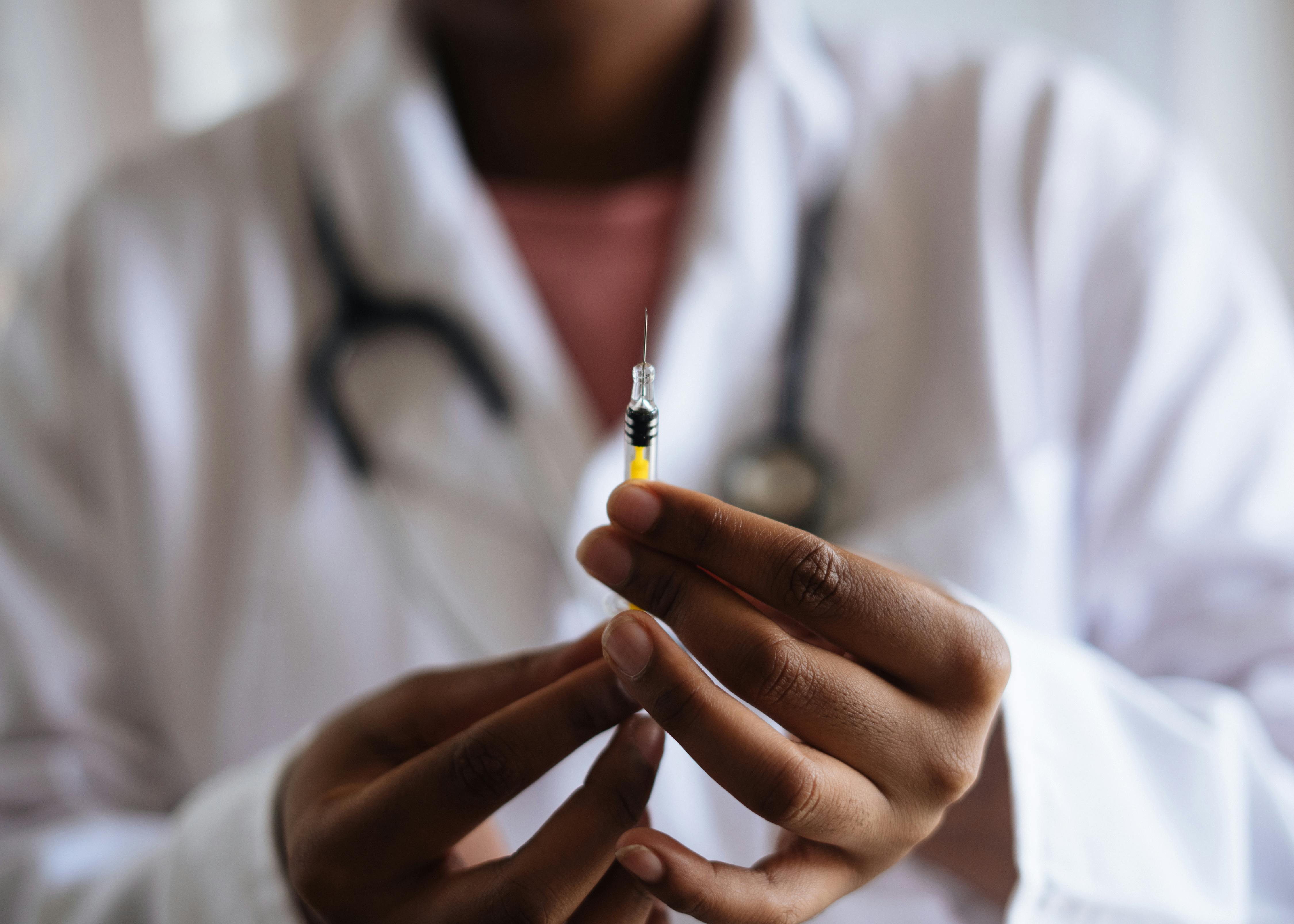Moldy Mary and the Cantaloupe that Won World War II

The Story
Fleming’s discovery of penicillin in 1928 didn’t become a practical drug until the early 1940s. Oxford scientists Howard Florey and Norman Heatley carried cultures to the U.S., where the Department of Agriculture’s Northern Regional Research Laboratory worked to boost yields.
Laboratory technician Mary Hunt searched markets in Peoria, Illinois for moldy fruit. She spotted a ripe cantaloupe with golden-green fuzz and took it back to the lab. Scientists cultured the mold and discovered it produced penicillin at levels 200 times higher than Fleming’s original strain.
After further improvements, yields increased a thousand-fold, enabling mass production during World War II. Mary Hunt’s find — often called the cantaloupe strain — is the ancestor of modern penicillin-producing fungi.
Why It’s Interesting
The lifesaving antibiotic that transformed medicine owes its scalability to a piece of spoiled fruit and the persistence of a woman dubbed “Moldy Mary.”
Without this discovery, penicillin would have remained a laboratory curiosity rather than the world-changing medicine that has saved hundreds of millions of lives.
It’s amazing that the solution to mass-producing one of humanity’s most important medicines was found in a grocery store by someone willing to collect moldy fruit — showing that breakthroughs can come from the most humble sources.